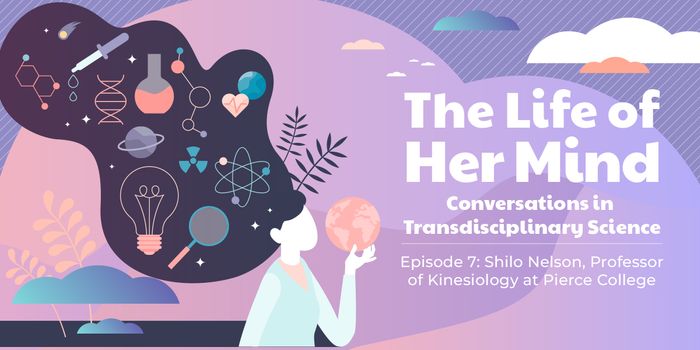Hollywood TV crime shows are notorious for oversimplifying the arduous, complicated tasks of real DNA investigation. In such shows, DNA can always be recovered, no matter how small, aged, degraded, or contaminated the sample may be. A faint smidgen of a blood spot found on a decomposed rag that's been sitting in a compost heap for the past 31 years? No problem, the forensic analyst will have the DNA fully extracted (on the first try) and cross-checked to any database within 24 hours.
In reality, DNA extraction can often be very tricky, especially when samples are limited in quantity, old, contaminated, or otherwise degraded. DNA is a biological molecule that's resilient, but by no means indestructible. It is susceptible to all forms of breakages, mutations, and deterioration, which all complicate the extraction process immensely. The difficulty compounds in trying to sequence DNA that isn't whole or pure. This can yield fragmented DNA sequences, which when not entirely unique, can make it difficult to match in a database. In addition, contaminated samples can obscure the DNA profile, which would increase the signal to noise ratio and complicate matching.
The power of DNA fingerprinting is unquestionable. Indeed it's a tool widely used to not only convict criminals, but also to exclude and exonerate innocent people. However invaluable, DNA testing is not a simple cakewalk as Hollywood labs make it seem. Watch the video to learn more!








